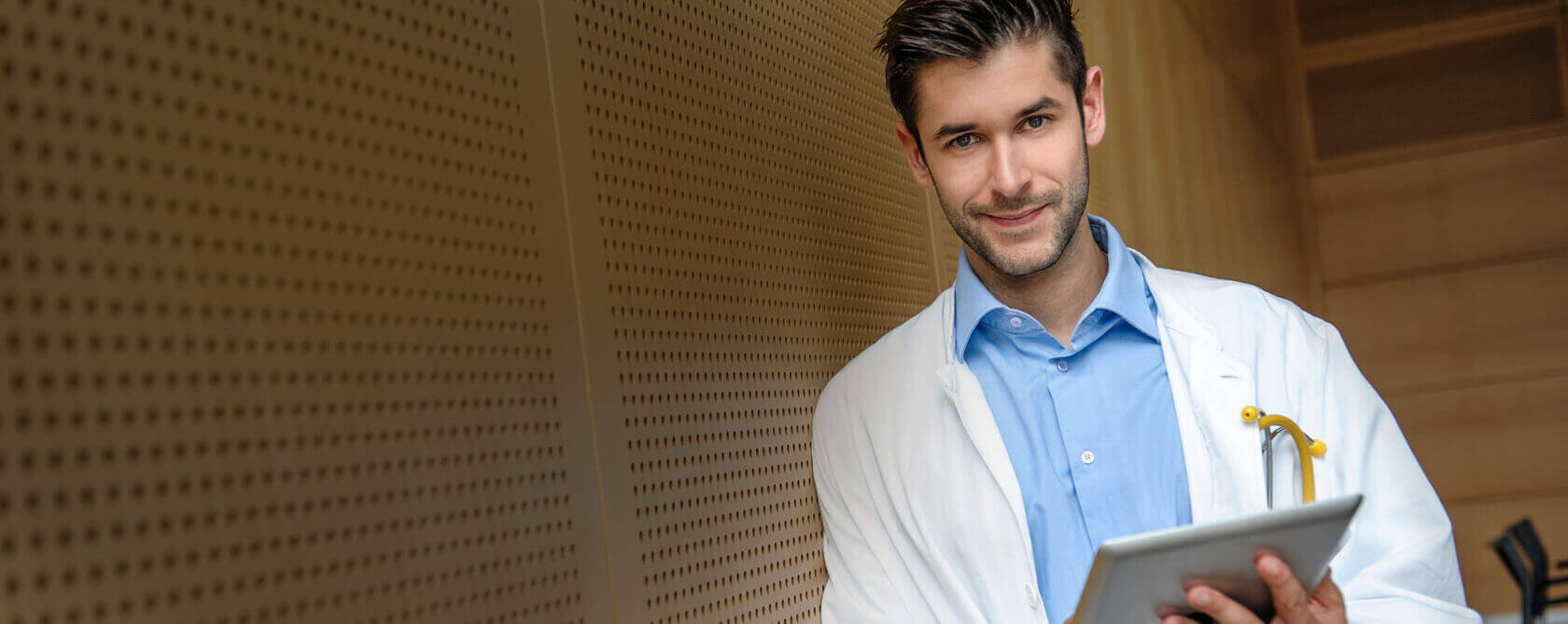Physical activity plays a crucial role in maintaining overall health, but its impact is particularly significant in enhancing wound healing. At the Wound Institute, under Dr. Som’s guidance, we emphasize the importance of integrating appropriate physical activity into the treatment plans for patients with chronic wounds. This blog explores how physical activity influences the wound-healing process and provides guidelines for safe exercise that can help improve healing outcomes for those dealing with chronic wounds.
Understanding the Impact of Physical Activity on Wound Healing
Physical activity can enhance wound healing through several physiological mechanisms:
- Improved Circulation: Exercise increases blood flow, vital for wound healing. Enhanced circulation ensures an adequate supply of oxygen and nutrients reaches the wound, speeding up healing and helping fight infection.
- Reduced Inflammation: Regular moderate exercise has been shown to reduce chronic inflammation, a common impediment to wound healing. By moderating the body’s inflammatory response, exercise can promote more effective tissue repair and regeneration.
- Stress Reduction: Physical activity is a known stress reducer. Lower stress levels result in decreased cortisol, a stress hormone that can negatively affect wound healing. By reducing stress, exercise can create a more favorable environment for wound recovery.
Guidelines for Safe Exercise with Chronic Wounds
While physical activity benefits wound healing, it is crucial to approach exercise cautiously to avoid exacerbating the wound. Here are some guidelines to ensure safe exercise for individuals with chronic wounds:
- Consult with Healthcare Providers: Before starting any new exercise regimen, patients with chronic wounds should consult with their healthcare providers, such as Dr. Som and the team at the Wound Institute. This ensures that any exercise plan is safe and appropriately tailored to the specifics of their wound and overall health condition.
- Start Slowly: For those new to exercise or returning after a period of inactivity, it is essential to start slowly and gradually increase the intensity and duration of physical activity. This approach helps prevent injury and avoids placing excessive strain on the wound area.
- Choose Low-Impact Activities: Low-impact exercises such as walking, swimming, or cycling are excellent options for individuals with chronic wounds. These activities promote cardiovascular health without putting undue stress on the body.
- Focus on Gentle Strength Training: Incorporating light strength training can help improve muscle strength and support overall body function without exerting too much pressure on wound sites. Using resistance bands or light weights can be effective and safe.
- Monitor the Wound for Any Changes: It’s essential to regularly monitor the wound for any signs of aggravation that might occur due to physical activity. Any increase in pain, swelling, or drainage should be addressed by a healthcare professional promptly.
- Hydration and Nutrition: Staying hydrated and maintaining a nutritious diet is vital when exercising, especially for wound healing. Proper hydration and nutrition support the body’s repair mechanisms and provide the resources needed for recovery.
Incorporating Specific Exercises
- Flexibility and Stretching: Stretching can improve flexibility, reduce stiffness, and enhance blood flow. Patients should focus on gentle stretching exercises that do not directly stress the wound area.
- Balance and Stability Training: Activities that enhance balance and stability can help prevent falls, reducing the risk of creating new wounds or aggravating existing ones. Simple balance exercises can be done using a chair for support if necessary.
- Breathing Exercises: Deep breathing exercises can enhance oxygen intake and circulation, which is beneficial for wound healing. These exercises also help manage pain and stress.
Conclusion
Physical activity is a vital component of a holistic approach to wound care, offering numerous benefits that can significantly enhance the healing process for chronic wounds. At the Wound Institute, Dr. Som encourages patients to integrate safe, tailored physical activities into their treatment plans under professional guidance to optimize their healing potential. If you or someone you know is struggling with chronic wounds, consider how adding physical activity to your treatment regimen could help. Contact us at the Wound Institute for personalized advice and support in incorporating exercise into your wound care plan. Together, we can work towards faster healing and improved overall health.





